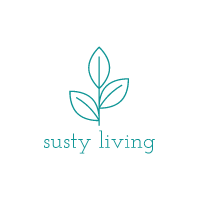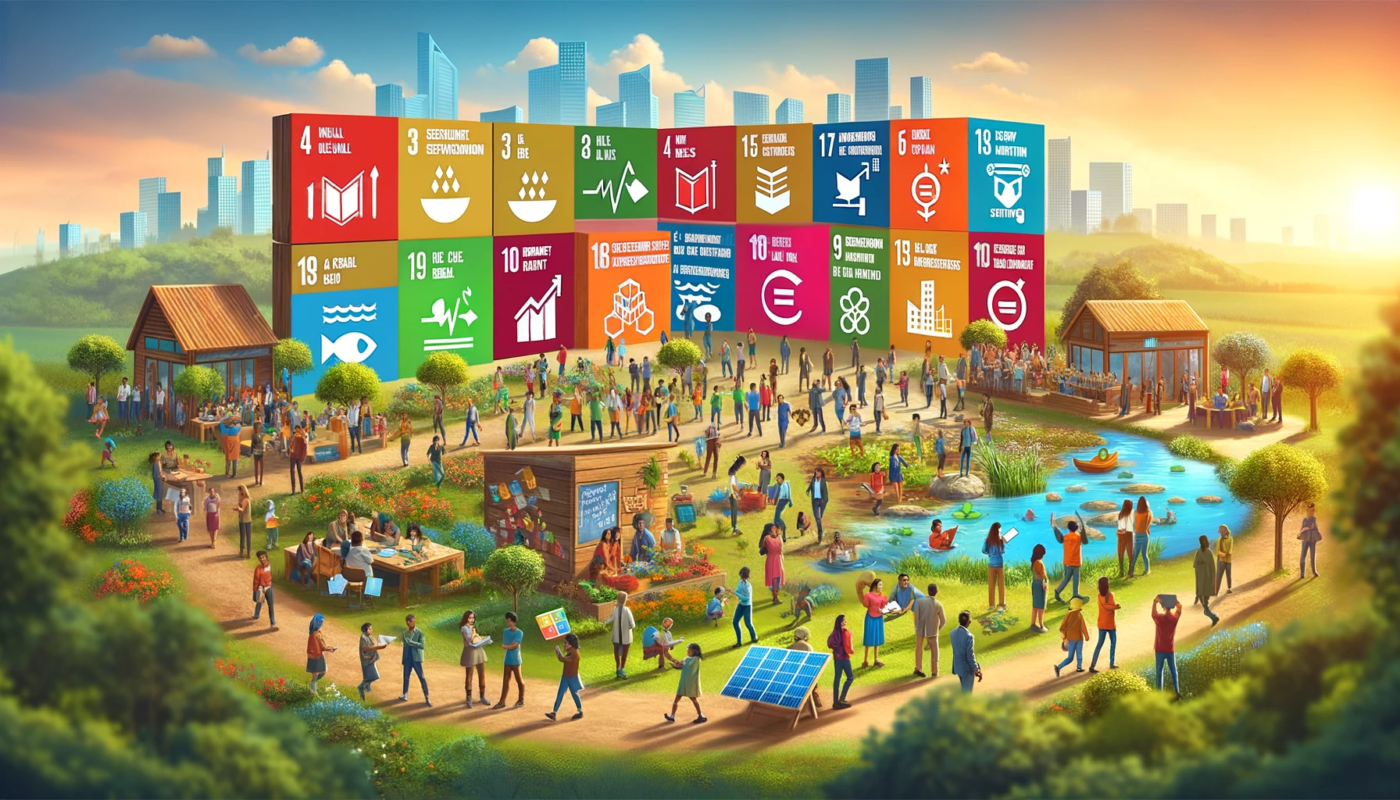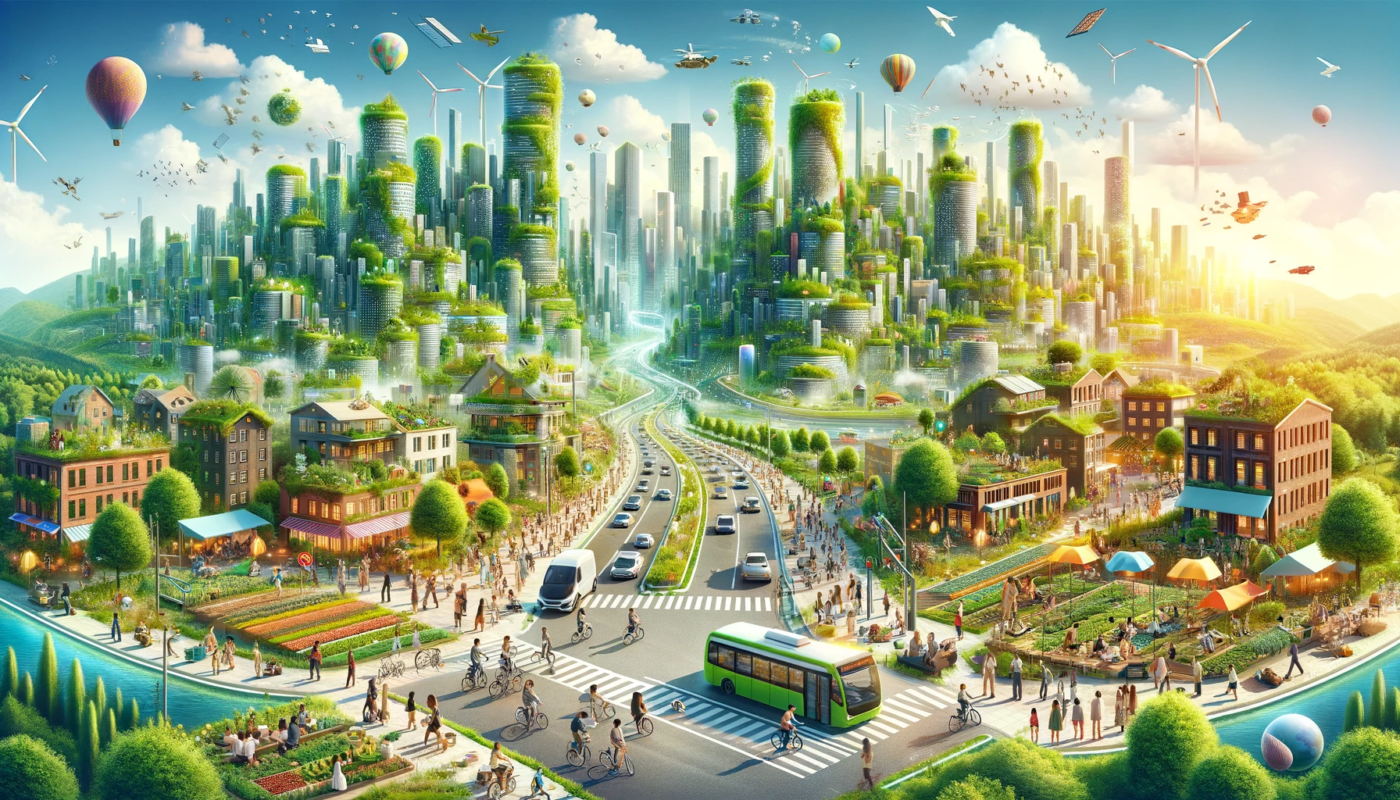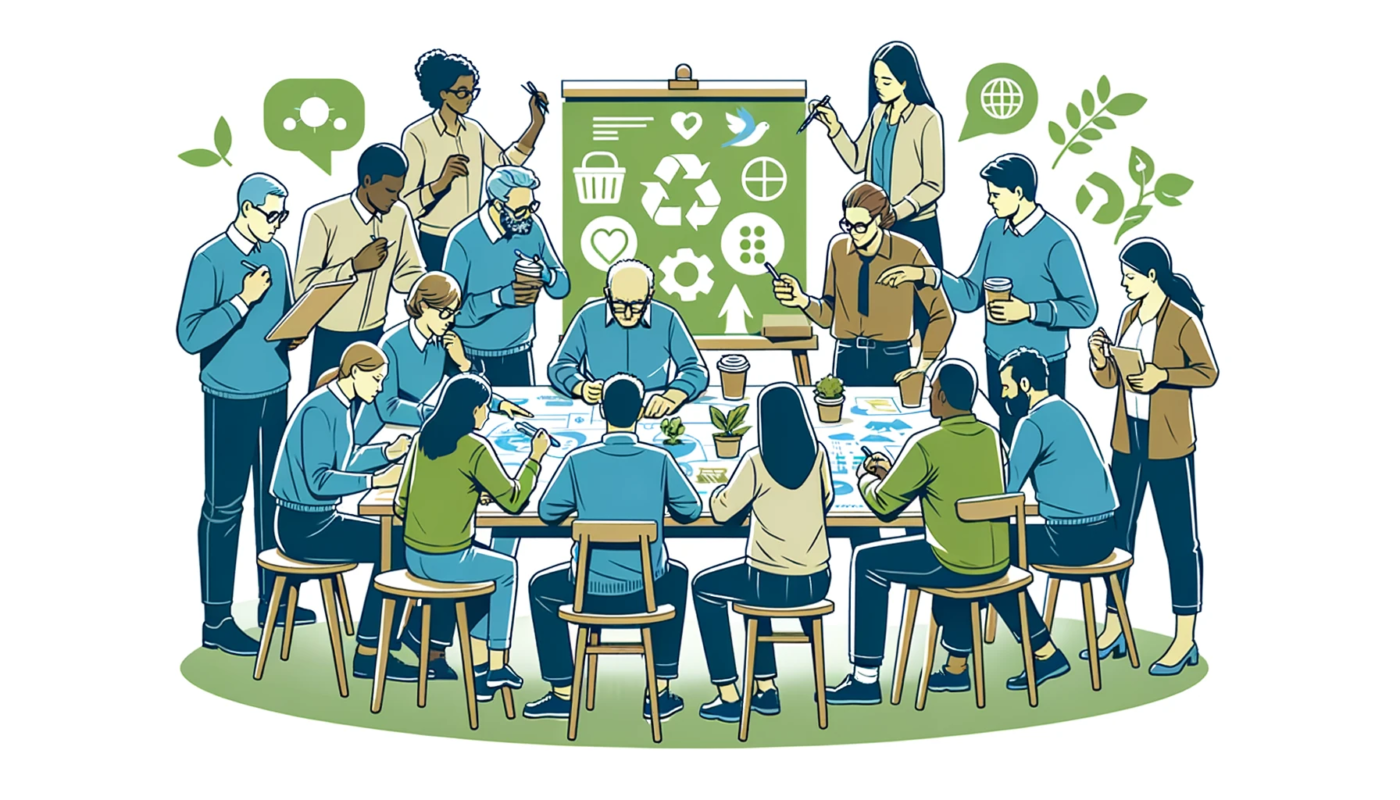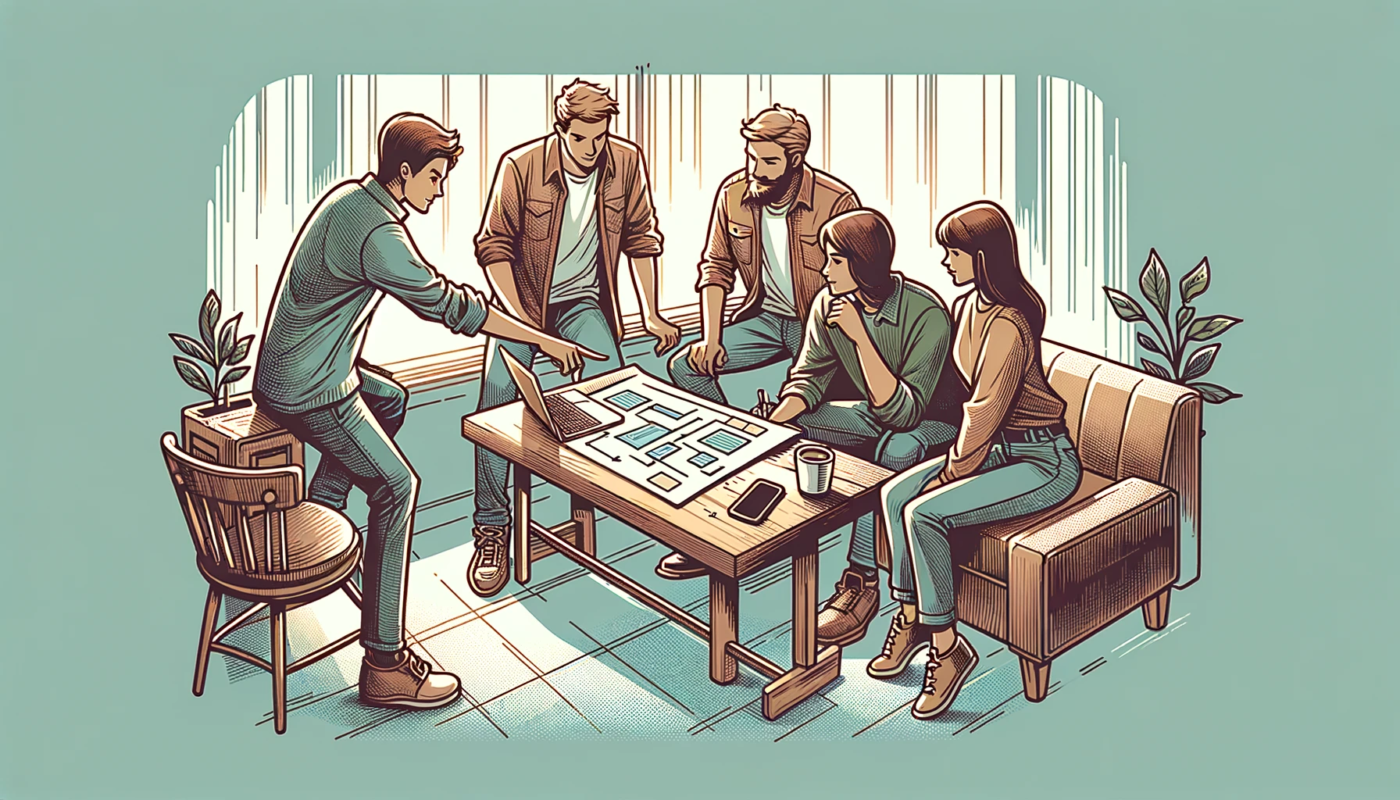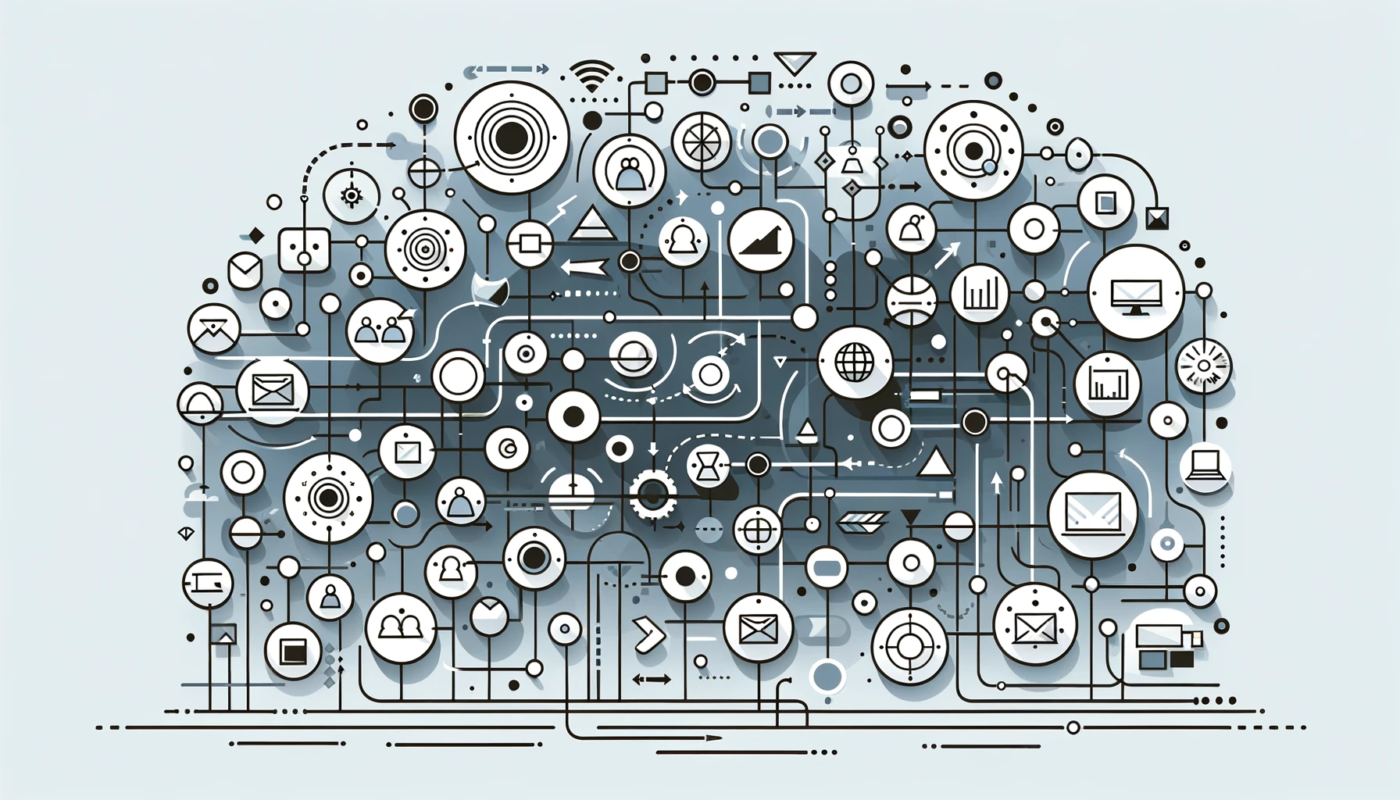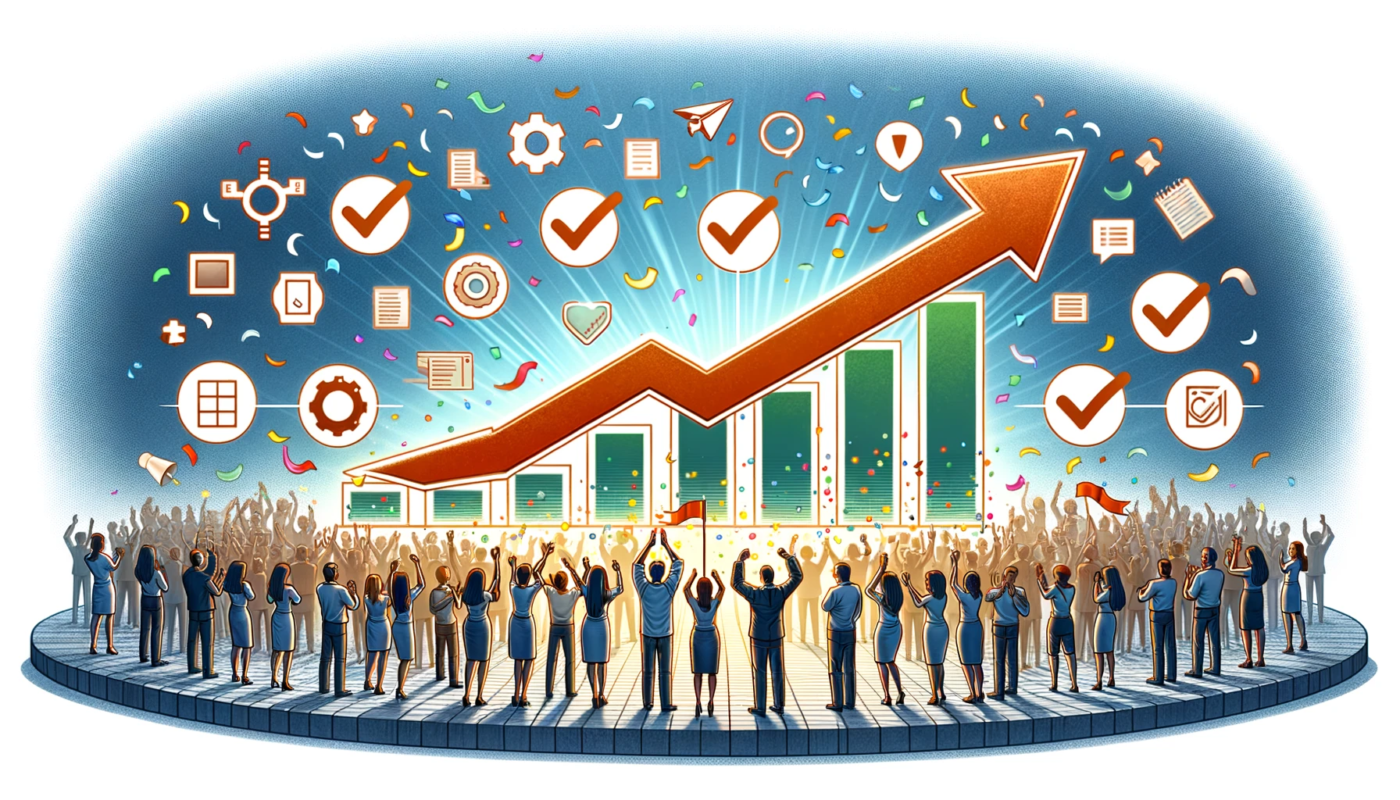The importance of the SDGs
So why do SDGs matter? They provide a framework for achieving a sustainable future for all, and they are relevant to everyone, including individuals, communities, and businesses. By taking action to support the SDGs, you can improve you own life and the lives of others, while also contributing to a more just and equitable world.
As individuals, we can play a significant role in achieving these goals by making sustainable choices in our daily lives. For example, reducing energy consumption, using public transport, and reducing waste are all ways in which we can contribute to achieving SDGs such as affordable and clean energy, sustainable cities and communities, and responsible consumption and production.
However, sustainable development is not just about individual actions, it also requires collective action within our communities. By organizing and participating in community projects, we can create positive impacts that go beyond our personal choices. Whether it’s organizing a community garden, participating in a beach clean-up, or advocating for sustainable policies, there are many ways to take collective action towards achieving SDGs.
Moreover, by working together, we can create more significant impacts and drive systemic change. Collaborating with local organizations, government agencies, and businesses can create innovative solutions that benefit everyone in the community.
The Sustainable Development Goals are not just a set of lofty ideals. They are a tangible framework for creating a better world. By implementing SDGs in our daily lives and communities, we can contribute to a sustainable future for all. In the following sections, we will explore each of the SDGs in more detail and examine practical ways in which we can work towards achieving them.
